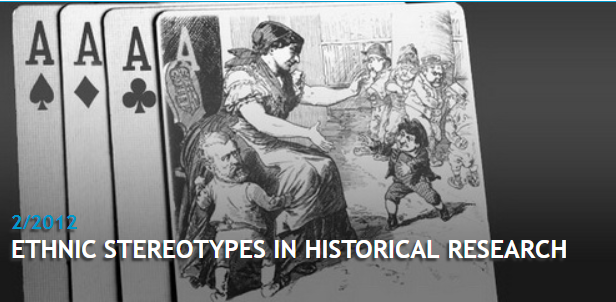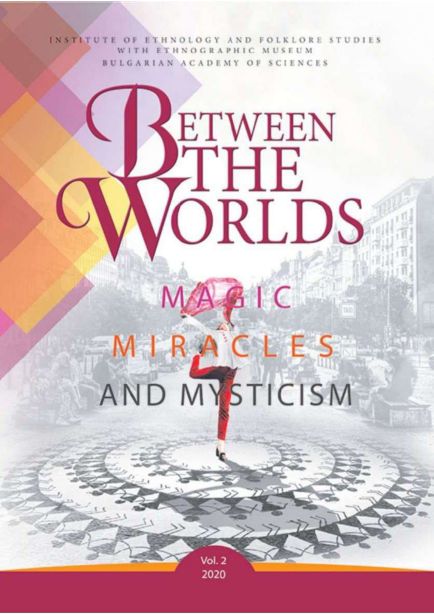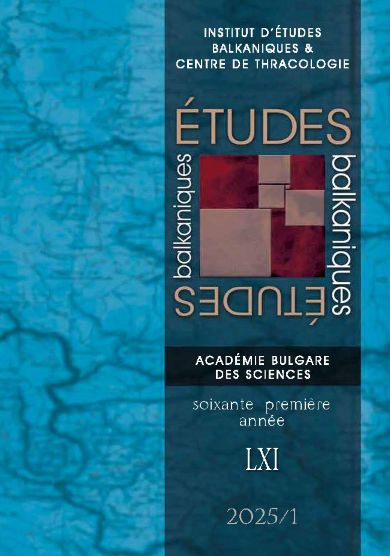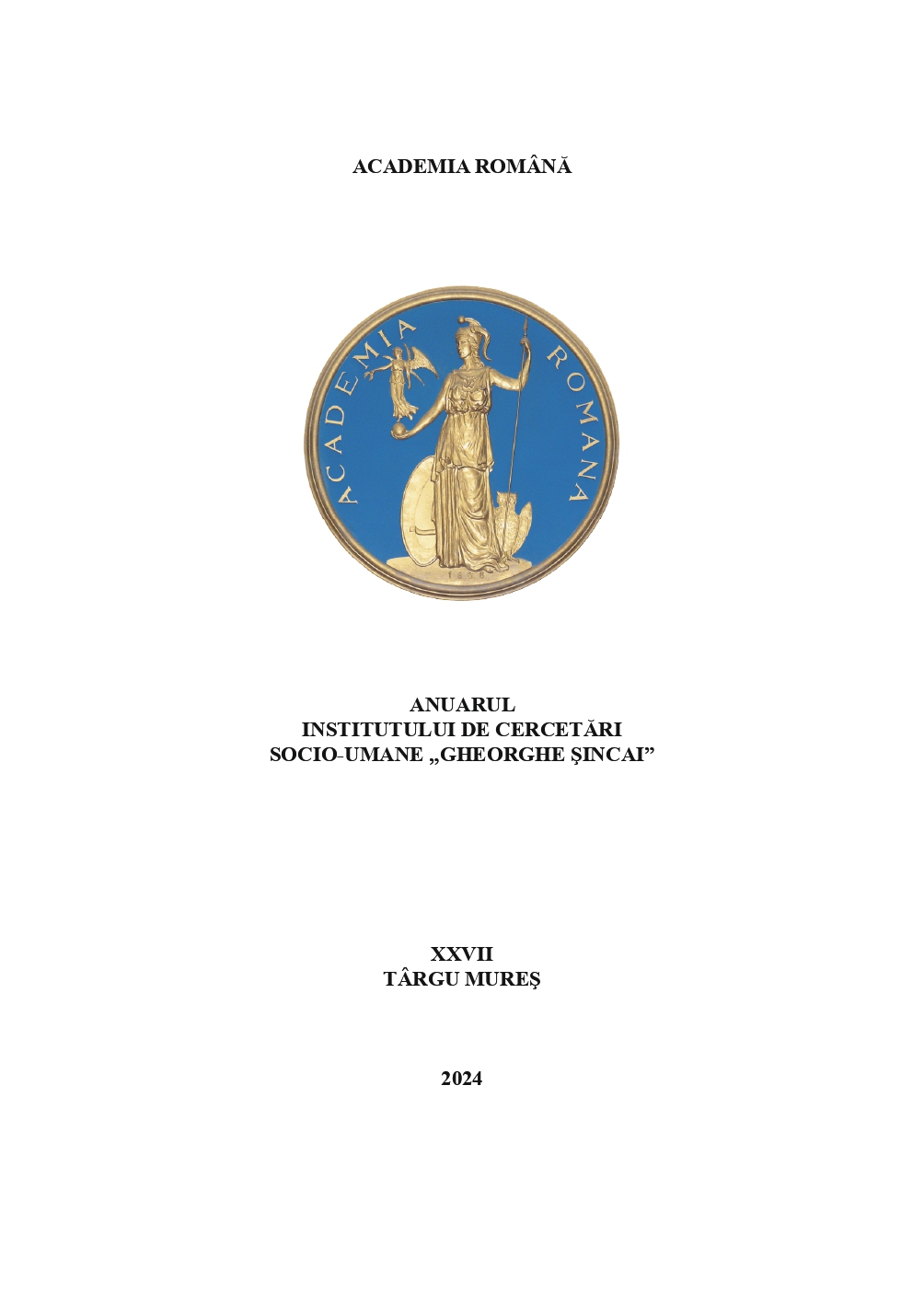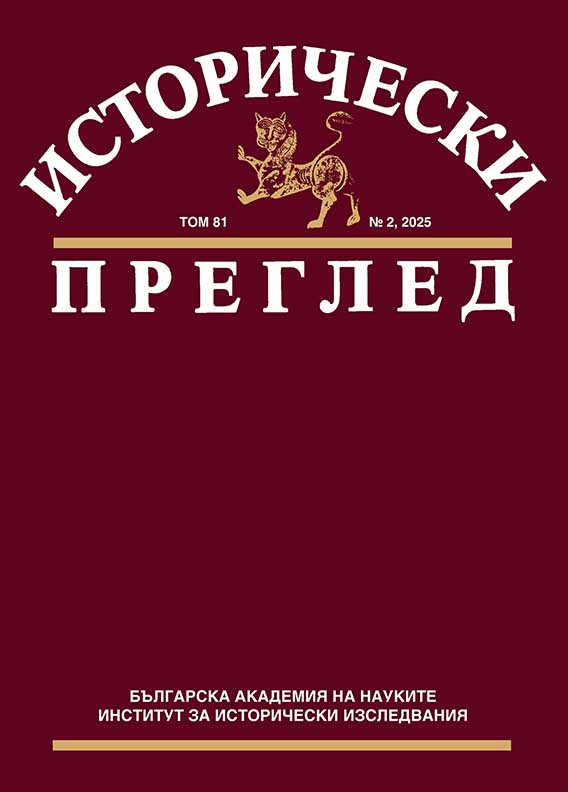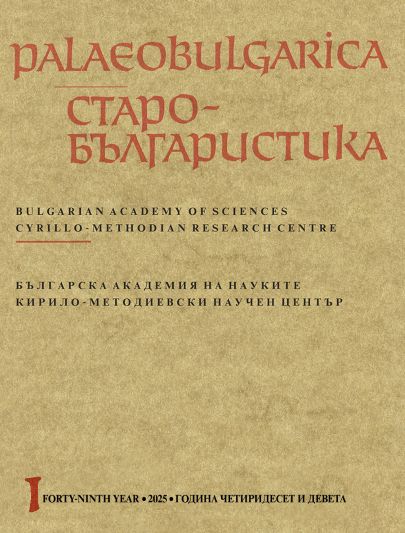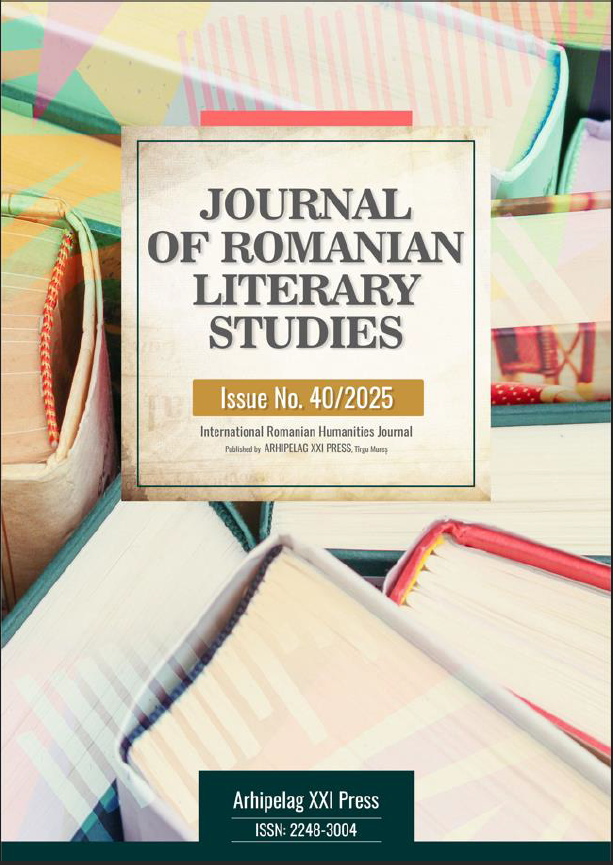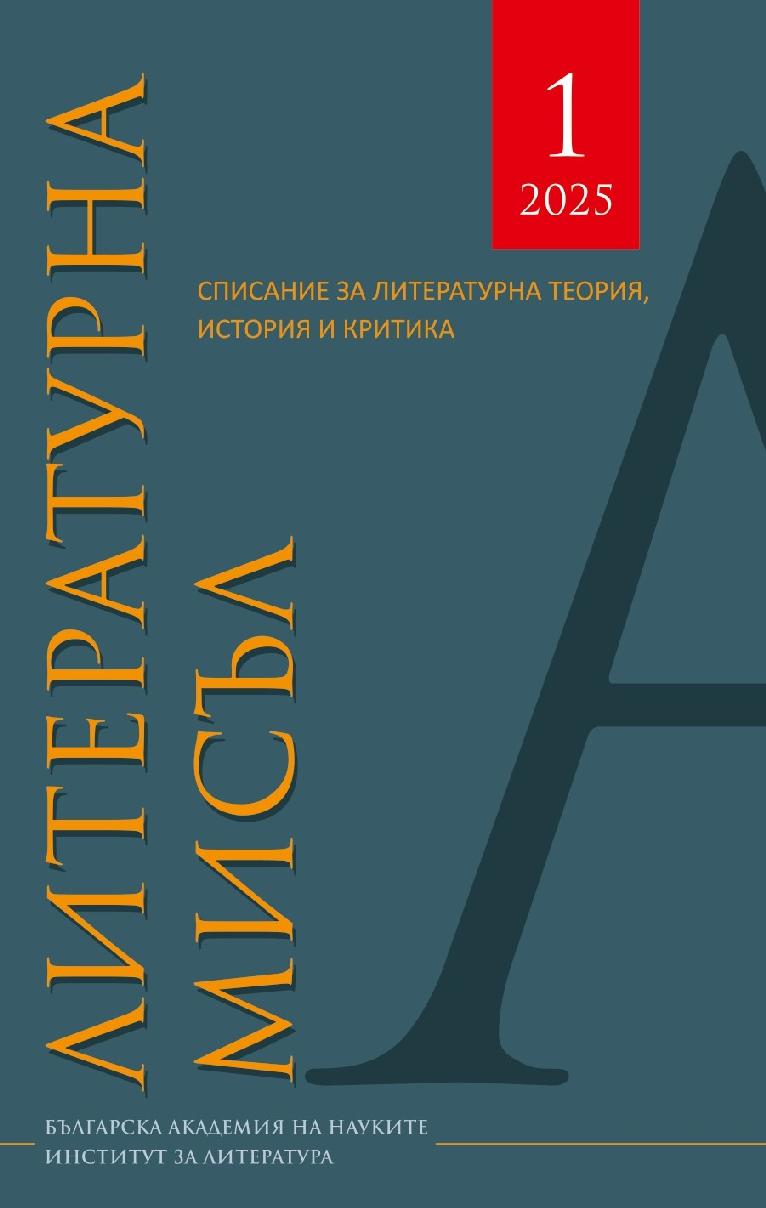REFLEXIA SITUÁCIE RUSÍNOV V 20. ROKOCH 20. STOROČIA V SLOVENSKEJ ODBORNEJ LITERATÚRE PO ROKU 1989
The year 1989 marked a new stage in the Slovak historiography which allowed a new reinterpretation of the previous research and opened up topics which were considered taboo until then. This article discusses the results of scientific research in the field of Rusyns' history in the twenties of the last century. This later research showed that it was a crucial period for them. On the one hand, in this period began divergent development that separated Rusyns of eastern Slovakia from their countrymen in Ruthenia. On the other hand, while this development was initially perceived negatively, it is argued that of the entire homeland of Rusyns in the Carpathian Mountains, Rusyns in eastern Slovakia have probably the best prospects for their further national development.
More...
